How to size passive make-up air duct
pjb
9 months ago
Related Stories
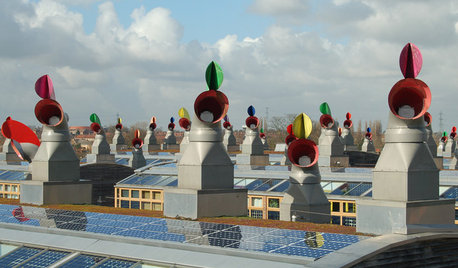
GREEN BUILDINGLife Without Air Conditioning? These Passively Cooled Homes Say Yes
Ever wish you could chuck that money-sucking air conditioner? Check out these homes that keep the air cool and flowing passively
Full Story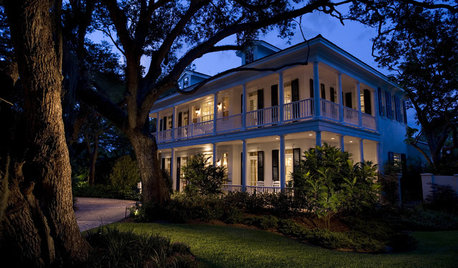
GARDENING AND LANDSCAPINGDouble Front Porches Stack Up Comfort
Twice the space, twice the outdoor pleasure. A double front porch lets you enjoy views, fresh air and company that much more
Full Story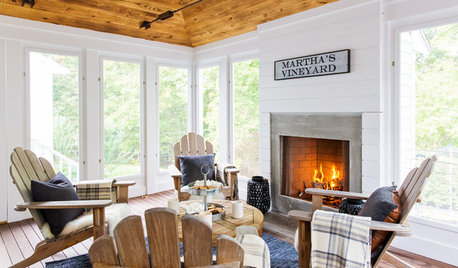
PORCHES9 Cozy Sunrooms and Porches for Warming Up in Cold Weather
Warm blankets, roaring fires and winter weatherproofing make these indoor-outdoor spaces toasty as temperatures drop
Full Story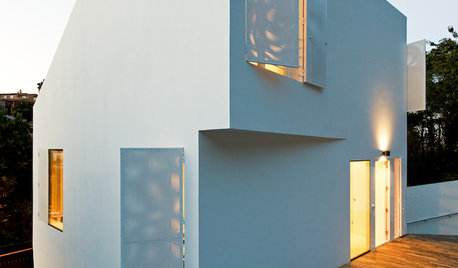
GREEN BUILDINGDesign Workshop: Shutters, All Grown Up
Shutters are back! They’re modern, functional and a sensible investment for a more comfortable, efficient home
Full Story
DECORATING GUIDES10 Ways to Hide That Air Conditioner
Feeling boxed in designing around your mini-split air conditioner? Try one of these clever disguises and distractions
Full Story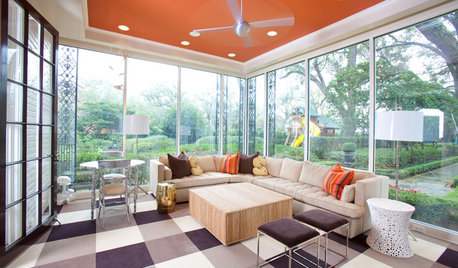
MOST POPULARHeads-Up Hues: 10 Bold Ceiling Colors
Visually raise or lower a ceiling, or just add an eyeful of interest, with paint from splashy to soothing
Full Story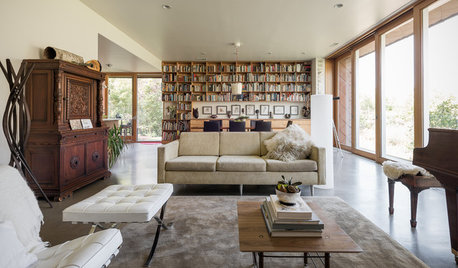
ARCHITECTUREPersonal Spaces: 8 Homes That Upped Their Energy Efficiency
Get ideas for collecting greywater, building with rammed earth and siting houses to take advantage of the sun
Full Story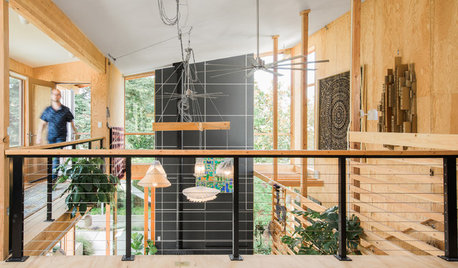
GREEN BUILDINGHouzz Tour: Raw Materials Form an Open Passive-Solar House
An artist-engineer collaborates with a designer to create an exposed-wood home for work and creativity
Full Story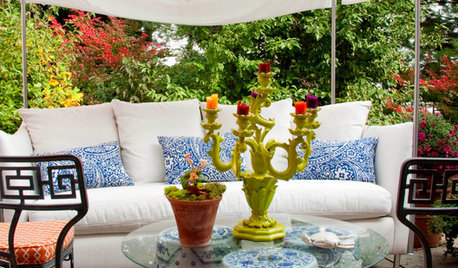
MOST POPULARSpring Patio Spiff-Ups: 12 Doable DIY Projects for Your Outdoor Space
Prettify your porch or patio with these time-sensitive decorating boosts you can do yourself
Full Story
HEALTHY HOMEGet Cleaner Indoor Air Without Opening a Window
Mechanical ventilation can actually be better for your home than the natural kind. Find out the whys and hows here
Full StorySponsored
Columbus Area's Luxury Design Build Firm | 17x Best of Houzz Winner!





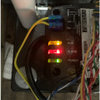
Charles Ross Homes
DeWayne
Related Discussions
MUA - Make up air for range hood (cross post)
Q
Make up air: Fantech vs CCB vs Broan
Q
Need Make up air install help
Q
Vent Hood Duct: Size, Gauges, Material, and Make-Up Air
Q
pjbOriginal Author
Charles Ross Homes
Monique
Charles Ross Homes
pjbOriginal Author
imsloan
Charles Ross Homes
kaseki
Charles Ross Homes
kaseki
Charles Ross Homes